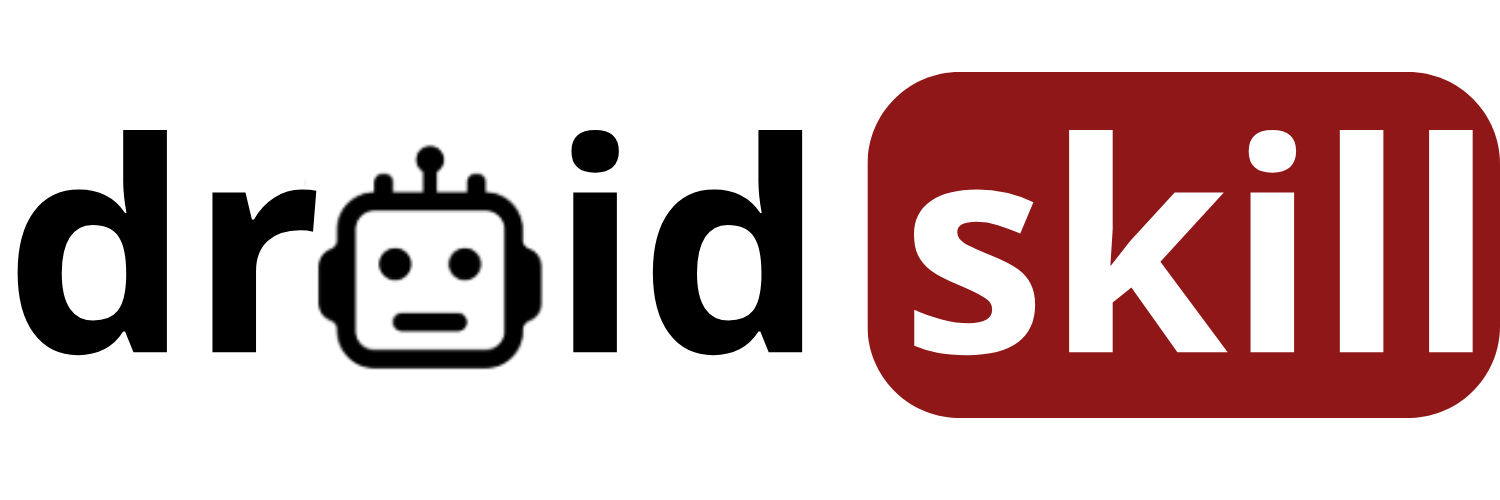The age-old debate: iPhone vs. Android. Which smartphone truly reigns supreme in 2024? It's a question that sparks passionate arguments and divides tech enthusiasts. The truth is, there's no single best answer. The ideal choice depends entirely on your individual needs, preferences, and priorities. Let's dive deep into a comprehensive comparison, exploring the key aspects that differentiate these two mobile giants.
Operating System: The Core Difference
The most fundamental difference lies in the operating system. iPhones run on iOS, a proprietary system developed exclusively by Apple. Android, on the other hand, is an open-source operating system developed by Google, powering a vast array of devices from various manufacturers like Samsung, Google, Xiaomi, and more. This difference in OS philosophy has a ripple effect on almost every aspect of the user experience.
iOS: Simplicity, Security, and Seamlessness
iOS is renowned for its user-friendly interface, intuitive navigation, and emphasis on simplicity. It's designed to be easy to learn and use, even for those unfamiliar with smartphones. Apple prioritizes security, implementing strict app review processes and robust privacy features. The tight integration between hardware and software ensures a smooth and seamless experience across all Apple devices. Updates are consistent and timely, ensuring all users receive the latest features and security patches simultaneously.
Android: Customization, Openness, and Choice
Android's open-source nature allows for unparalleled customization. Users can personalize almost every aspect of their device, from widgets and launchers to custom ROMs. The open ecosystem fosters innovation and provides a wider range of apps and services. Android offers greater hardware choice, with devices available at various price points and with diverse features. However, this openness can also lead to fragmentation, with updates varying depending on the manufacturer and device model.
Hardware: Design, Build Quality, and Performance
iPhones: Premium Design and Powerful Performance
Apple is known for its premium design and build quality. iPhones typically feature sleek designs, high-quality materials, and meticulous attention to detail. Apple designs its own chips, optimizing them for iOS and ensuring excellent performance. The A-series chips consistently outperform their Android counterparts in benchmarks, delivering smooth multitasking, responsive gaming, and efficient power management.
Android: Diverse Options and Competitive Specs
Android offers a wider range of hardware options, from budget-friendly devices to high-end flagships. Manufacturers like Samsung, Google, and Xiaomi are constantly pushing the boundaries of innovation, incorporating cutting-edge technologies like foldable displays, advanced camera systems, and ultra-fast charging. While Android phones may not always match iPhones in raw processing power, they often offer competitive specs and excellent performance for everyday tasks.
Apps and Ecosystem: A Battle of Strengths
iOS: A Curated App Store and Seamless Integration
Apple's App Store is known for its curated selection of high-quality apps. Apple's strict app review process helps ensure that apps are safe, reliable, and adhere to Apple's design guidelines. The tight integration between hardware and software allows for seamless integration with other Apple services like iCloud, Apple Music, and Apple Pay. This creates a cohesive and user-friendly ecosystem.
Android: A Vast App Library and Open Ecosystem
Google's Play Store boasts a vast library of apps, catering to almost every need and interest. The open ecosystem allows for greater flexibility and choice, with a wider range of apps and services available. However, the open nature of the Play Store can also lead to a higher risk of encountering malware or low-quality apps. Android also integrates seamlessly with Google services like Gmail, Google Maps, and Google Drive.
Camera: A Key Battleground
iPhones: Consistent Image Quality and User-Friendly Interface
iPhones are known for their consistent image quality and user-friendly camera interface. Apple's computational photography algorithms produce natural-looking photos with accurate colors and excellent dynamic range. The camera app is simple and intuitive, making it easy to capture great photos and videos without needing to be a photography expert.
Android: Innovative Features and Versatile Options
Android phones often boast innovative camera features and versatile options. Manufacturers like Samsung and Google are constantly pushing the boundaries of mobile photography, incorporating features like periscope zoom lenses, advanced night modes, and AI-powered image processing. Android phones offer a wider range of camera modes and settings, allowing for greater creative control.
Price: A Significant Factor
iPhones: Premium Pricing
iPhones typically command a premium price tag. Apple's focus on premium materials, advanced technology, and brand prestige contributes to the higher cost. While iPhones offer excellent value for money, they may not be the most affordable option for budget-conscious consumers.
Android: A Wider Range of Price Points
Android offers a wider range of price points, with devices available from budget-friendly to high-end. This makes Android a more accessible option for consumers with varying budgets. While budget Android phones may not offer the same level of performance or features as iPhones, they can still provide a good user experience for everyday tasks.
The Verdict: It Depends on You
Ultimately, the choice between iPhone and Android depends on your individual needs, preferences, and priorities. If you value simplicity, security, and seamless integration, an iPhone may be the better choice. If you value customization, openness, and a wider range of hardware options, an Android phone may be a better fit. Consider your budget, your usage habits, and your personal preferences when making your decision.
Here are some specific application reviews, keeping in mind the user experience and SEO optimization:
1. TikTok
TikTok is a social media platform dominated by short-form videos. Users can create and share videos ranging from 15 seconds to 10 minutes, often set to music, sound effects, or other audio clips. The app's algorithm is highly effective at curating content based on user interests, leading to a highly engaging and personalized experience.
TikTok's popularity stems from its ease of use, creative tools, and ability to connect users with a global community. It's a hub for trends, challenges, and viral content, making it a cultural phenomenon. However, concerns have been raised regarding data privacy and the potential for inappropriate content.
Download TikTok from Play StoreSearch TikTok on Play Store
2. Instagram
Instagram is a visual-centric social media platform owned by Meta. It allows users to share photos and videos, connect with friends and family, and discover new content. The platform offers a variety of features, including stories, reels, live videos, and direct messaging.

Instagram is widely used for sharing personal experiences, showcasing creative work, and promoting businesses. Its emphasis on visual content makes it a popular platform for influencers, brands, and photographers. The platform's algorithm curates content based on user interests and interactions, creating a personalized feed.
Download Instagram from Play StoreSearch Instagram on Play Store
3. WhatsApp
WhatsApp is a free messaging app owned by Meta. It allows users to send text messages, voice messages, make voice and video calls, and share files with individuals and groups. WhatsApp uses end-to-end encryption to ensure the privacy and security of user communications.
WhatsApp is one of the most popular messaging apps in the world, used by billions of people to stay connected with friends, family, and colleagues. Its ease of use, reliability, and security features make it a preferred choice for personal and professional communication.
Download WhatsApp from Play StoreSearch WhatsApp on Play Store
4. Spotify
Spotify is a digital music, podcast, and video streaming service that gives you access to millions of songs and other content from creators all over the world. Basic functions such as playing music are totally free, but you can also choose to upgrade to Spotify Premium.
As a Premium user, you can download music for offline listening, enjoy ad-free listening, and experience higher audio quality. Spotify's personalized playlists and recommendations make it easy to discover new music and podcasts tailored to your taste.
Download Spotify from Play StoreSearch Spotify on Play Store
5. Google Maps
Google Maps is a web mapping platform and consumer application offered by Google. It offers satellite imagery, aerial photography, street maps, 360° interactive panoramic views of streets (Street View), real-time traffic conditions, and route planning for traveling by foot, car, bicycle, air (in beta) and public transportation.
Google Maps is an essential tool for navigation, exploration, and discovering local businesses. Its accurate and up-to-date information, combined with its user-friendly interface, makes it the go-to mapping app for millions of users worldwide. Offline maps allow you to navigate even without an internet connection.
Download Google Maps from Play StoreSearch Google Maps on Play Store
6. Gmail
Gmail is a free email service provided by Google. Users can access Gmail on the web and through mobile apps. Gmail offers a generous amount of storage, powerful search capabilities, and integration with other Google services.
Gmail's spam filtering is highly effective, keeping your inbox clean and organized. The app's intuitive interface and features like email scheduling and smart compose make it a popular choice for personal and professional email communication.
Download Gmail from Play StoreSearch Gmail on Play Store
7. YouTube
YouTube is a video-sharing platform owned by Google. Users can upload, view, rate, share, add to playlists, report, comment on videos, and subscribe to other users. It offers a wide variety of video content, including music videos, movie trailers, educational videos, and vlogs.
YouTube is the world's largest video platform, serving as a hub for entertainment, education, and information. Its recommendation algorithm helps users discover new content based on their viewing history and interests. YouTube Premium offers ad-free viewing and offline downloads.
Download YouTube from Play StoreSearch YouTube on Play Store
8. Facebook
Facebook is a social networking service owned by Meta. It allows users to connect with friends and family, share updates, photos, and videos, join groups, and discover events. Facebook is one of the most widely used social media platforms in the world.
Facebook's features include a news feed, groups, pages, events, and marketplace. The platform's algorithm curates content based on user interactions and interests. Concerns have been raised regarding data privacy and the spread of misinformation on Facebook.
Download Facebook from Play StoreSearch Facebook on Play Store
9. Uber
Uber is a ride-hailing service that connects passengers with drivers via a mobile app. Users can request a ride, track their driver's location, and pay for the ride through the app. Uber operates in cities around the world.
Uber provides a convenient and reliable transportation option for users who need a ride. The app's features include fare estimates, driver ratings, and safety tools. Uber has disrupted the traditional taxi industry and become a popular alternative for transportation.
Download Uber from Play StoreSearch Uber on Play Store
10. Amazon Shopping
The Amazon Shopping app lets you browse, search, compare prices, read reviews, and make purchases on Amazon. You can access millions of products, track your orders, and manage your account from your mobile device.

The Amazon Shopping app offers a convenient and seamless shopping experience. Its features include personalized recommendations, product comparisons, and easy checkout. Amazon Prime members enjoy benefits like free shipping and exclusive deals.
Download Amazon Shopping from Play StoreSearch Amazon Shopping on Play Store


